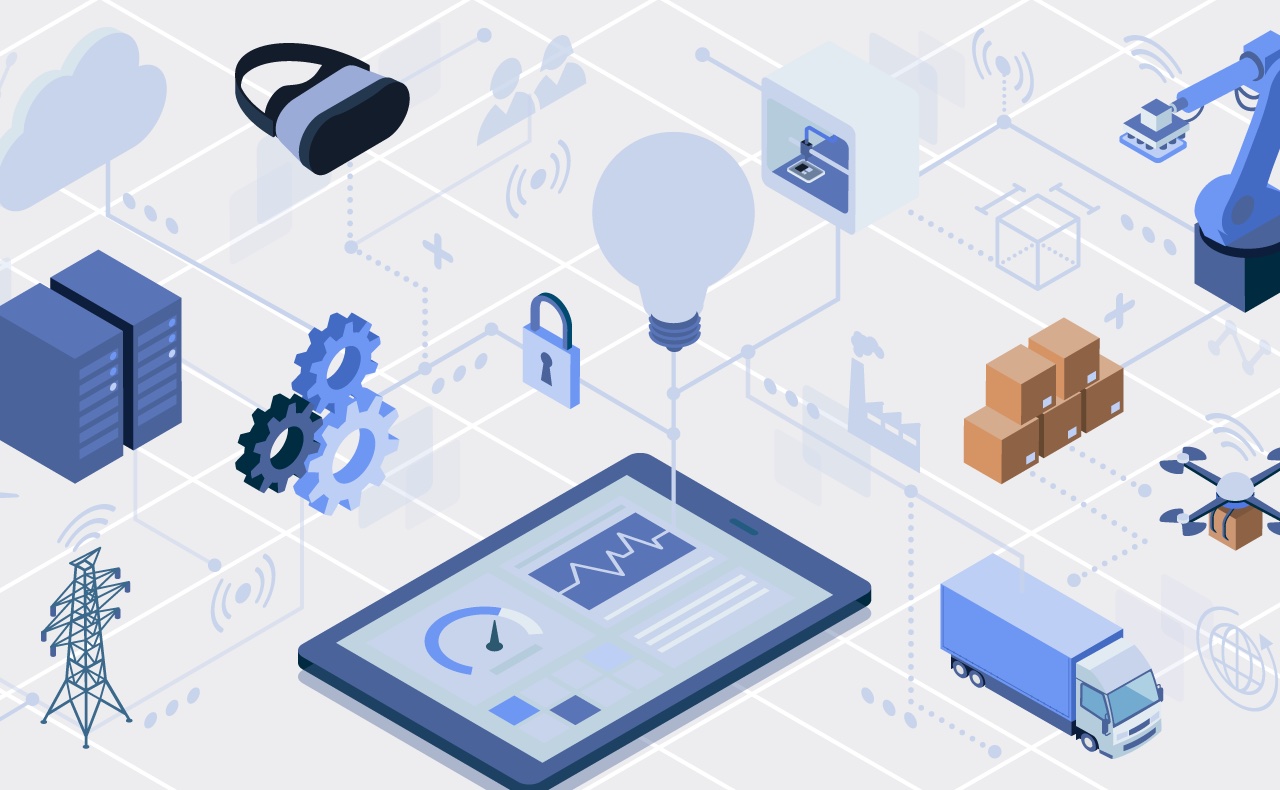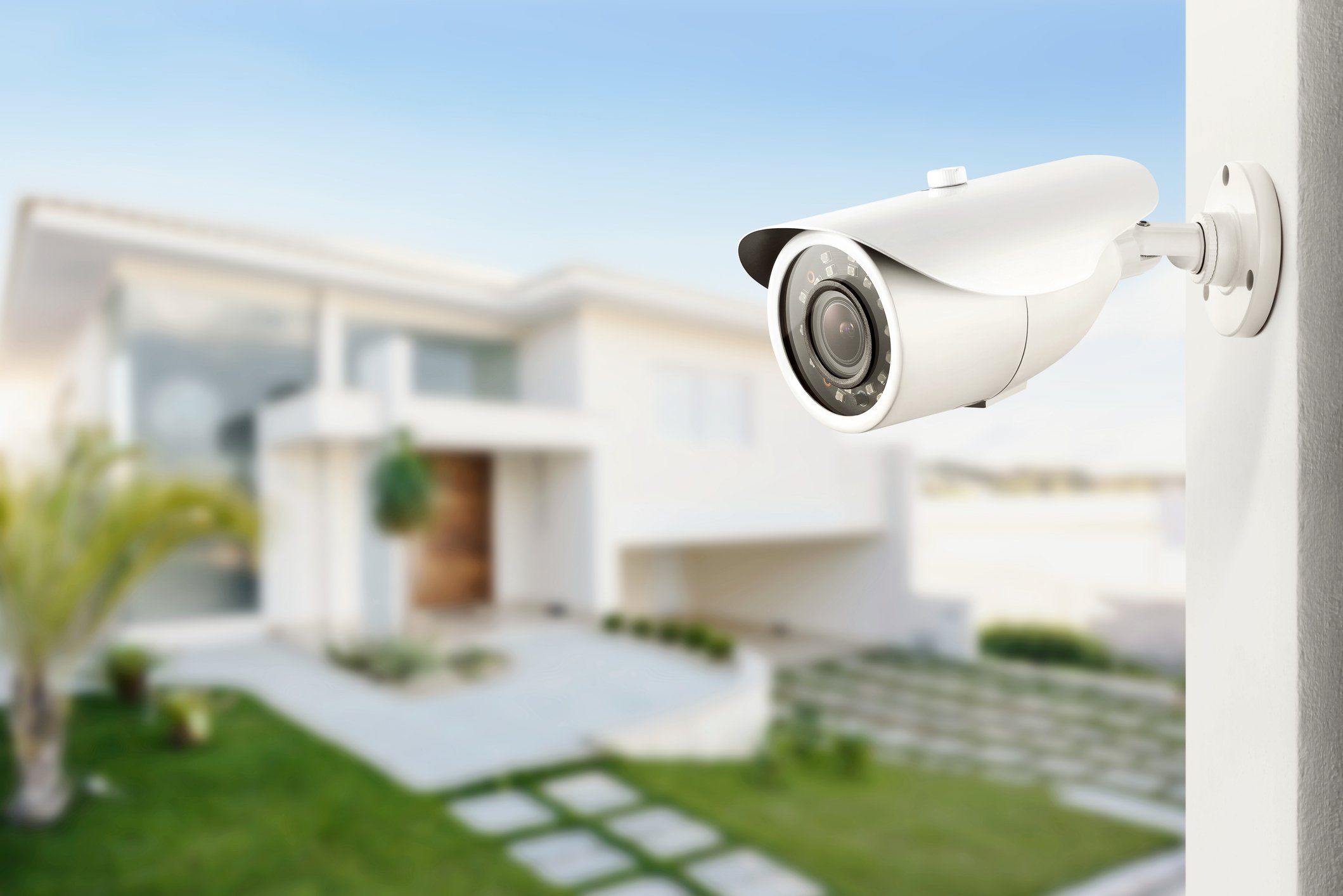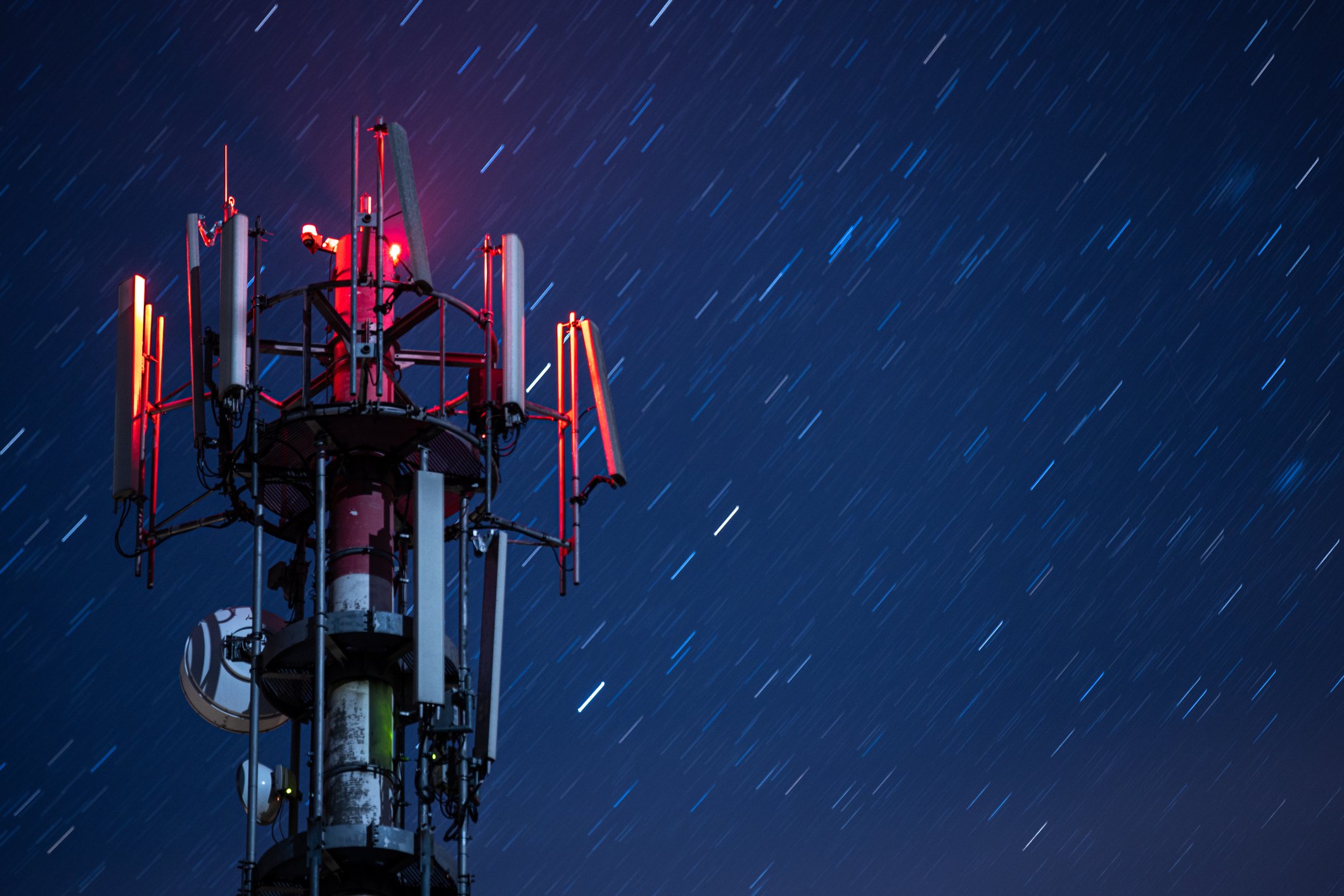Edge Computing vs. Cloud Computing: Why IoT Expansion Requires Both

- December 2025 (2)
- November 2025 (2)
- October 2025 (3)
- September 2025 (3)
- August 2025 (3)
- July 2025 (2)
- June 2025 (3)
- May 2025 (3)
- April 2025 (3)
- March 2025 (2)
- February 2025 (1)
- December 2024 (2)
- November 2024 (1)
- August 2024 (2)
- June 2024 (3)
- May 2024 (3)
- April 2024 (1)
- March 2024 (3)
- February 2024 (2)
- January 2024 (2)
- December 2023 (1)
- November 2023 (2)
- October 2023 (2)
- September 2023 (1)
- August 2023 (1)
- July 2023 (2)
- June 2023 (3)
- May 2023 (2)
- March 2023 (4)
- January 2023 (2)
- November 2022 (2)
- September 2022 (1)
- August 2022 (2)
- July 2022 (2)
- June 2022 (1)
- May 2022 (1)
- April 2022 (3)
- March 2022 (1)
- February 2022 (3)
- January 2022 (2)
- December 2021 (1)
- November 2021 (1)
- October 2021 (2)
- September 2021 (3)
- August 2021 (1)
- July 2021 (3)
- May 2021 (2)
- April 2021 (2)
- March 2021 (2)
- February 2021 (3)
- January 2021 (3)
- December 2020 (1)
- October 2020 (1)
- August 2020 (1)
- August 2019 (1)
- January 2019 (2)
- September 2018 (5)
- June 2018 (1)
- November 2017 (1)
- September 2017 (1)
- July 2017 (1)
- May 2017 (1)
- January 2017 (1)
- October 2016 (2)
- August 2016 (1)
- July 2016 (1)
- June 2016 (1)
Subscribe by email
The Internet of Things (IoT) is constantly changing and evolving. As businesses pursue new opportunities, they’re finding new ways to adapt this technology to meet their company's and customers’ needs. One of the most interesting new developments in IoT is called edge computing, which some people predict will replace processing in the cloud — though we’re not convinced it will actually replace cloud computing completely. In this article, you’ll learn more about edge computing vs. cloud computing and why we believe both have a place in the future of IoT.
What Is Edge Computing?
Edge computing is one of the exciting newer advances in the Internet of Things. According to Gartner, “edge computing is part of a distributed computing topology where information processing is located close to the edge, where things and people produce or consume that information.” More simply, edge computing takes place near or at the physical location of the source of data or the user. Edge computing can be used to support real-time data needs, particularly when paired with faster network technologies like 5G. Some use cases include robotics, artificial intelligence, and self-driving cars. And it’s important to point out that edge computing won’t only benefit real-time applications, but it will also support mission-critical applications where downtime could be catastrophic.
What Is Cloud Computing?
According to Microsoft Azure, cloud computing is “the delivery of computing services—including servers, storage, databases, networking, software, analytics, and intelligence—over the Internet (“the cloud”) to offer faster innovation, flexible resources, and economies of scale.” With cloud computing, computer services and resources are shared and centralized at a large data center. The cloud often provides the network infrastructure needed to connect IoT devices to the internet. Use cases are all around us, in our homes and our businesses. They include cellular wearables, smart lights, irrigation controllers, security systems, and more. Cloud computing has taken IoT to where it is today, transforming industries and changing our everyday lives. It continues to evolve as we learn more about the potential of the internet of things.
Comparing Edge Computing vs. Cloud Computing
There’s a lot to consider when deciding the right approach for your business needs when it comes to edge computing and cloud computing. Some situations and applications may definitively call for one or the other, but many times, it’s not quite so clear. Here are some key points to keep in mind that will help you decide which would be best for your situation.
Diving into the Details of Edge Computing
Edge computing allows a company to use a common resource pool across locations to scale centralized infrastructure to meet the growing needs of larger numbers of devices. It allows for reduced latency and faster response times, making it a great option for applications that require real-time data and processing or mission-critical applications that require nearly 100% uptime. There are a number of strong business benefits from edge computing, including improved response times, better bandwidth management and availability, and the enablement of faster insights.
A great real-world example of this would be the technology within modern automobiles. A car has LIDAR or other sensors that can “spot” obstructions in the car’s path ahead, it also has braking sensors to know how hard to break when that LIDAR communicates that there is something or someone in the way. For the car to take the necessary steps to brake in time, it cannot be required to communicate this data to the cloud and then wait for a response - the processing would need to be done closer to the point of origin, i.e. in the car. Additionally, processing data locally instead of sending it to the cloud may reduce costs.
Edge computing allows local data processing and analysis and nearly instantaneous decision-making. The data is typically on the device or close by and is not transmitted to a server farm to be processed. Furthermore, according to McKinsey, edge computing may represent a potential hardware value of between $175 and $215 billion US dollars by 2025. There’s a lot of potential for exponential growth with this newer technology.
Learn more: 7 Exciting Edge Computing Use Cases
Cloud Computing
Cloud computing has been around for a while now, but it’s still an expanding infrastructure with growing opportunity. Data from devices are transmitted to a server farm or a platform like AWS IoT, Microsoft Azure, or Google Cloud Platform. Delivery of computing services is managed over the Internet, or the cloud, to offer economies of scale, flexible resources, and innovation. One real benefit to cloud computing is the sheer scale of processing power and capability of hundreds or even thousands of computers working to ingest and process data into usable intelligence. Today, it is not possible to mimic this capability at the edge alone. Numerous use cases for cloud computing currently exist and more are coming daily with examples like irrigation controllers, digital signage, outdoor wildlife cameras, and more. The use of cloud computing has even expanded into smart farming, transportation, healthcare, and other industries.
Learn more: IoT Cloud: An Introductory Guide
Ubiquitous IoT Requires Both Edge Computing and Cloud Computing
There is a place for applications that handle most of their processing in the cloud and for those that do it at the edge. Modern vehicles, or even future autonomous ones, are a great example of cloud computing and edge computing working in harmony. Some activities will need to be handled in the cloud, while others require edge computing. There is a strong case for catapulting IoT forward by leveraging the strength of both edge computing and cloud computing together where it makes sense.
Thus, while there is talk about edge computing replacing cloud computing, we disagree. While there may be situations where one works better for certain applications, there are also instances where they can work even more effectively together. The real question, then, isn’t about choosing one over the other, but how companies can leverage the benefits from both to drive IoT technology forward, making it even smarter and more useful than ever.
Want to know more about Zipit’s IoT connectivity and billing platform? Contact us to discuss your company's unique needs.
You might also like:
Related Content
The latest IoT insights and platform updates from Zipit.
Many IoT devices operate from fixed locations, quietly driving automation, data co...
As billions of connected devices continue to shape modern life, IoT manufacturers ...
The Internet of Things (IoT) is transforming how businesses operate, compete, and ...



